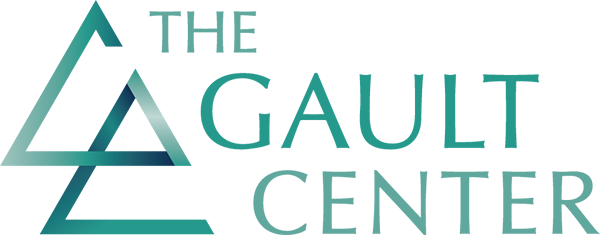Futures in the Balance: Disrupting the School-to-Prison Pipeline
Key Points:
- Testing limits is normal adolescent behavior. Young people act out, make mistakes, and push boundaries largely because the parts of their brains that regulate these behaviors are still being formed.
- Diverting youth from the legal system by keeping them in school can result in better life outcomes for young people.
- The legal system is fraught with racially disparate treatment and outcomes, insufficient educational programming, traumatic impact, and other negative consequences that can derail a young person’s future.
- Formal legal system interventions frequently result in little to no positive change in behavior.
- Schools disproportionately discipline (suspend, expel, or reassign to alternative schools) youth of color, and also refer them to court and for arrest at disproportionate rates.
- Youth of color are disproportionately arrested, charged, detained, adjudicated, and incarcerated.
- Youth who are formally processed through the court system often become disengaged and disconnected from school, resulting in higher drop-out rates and lower college enrollment.
- Youth who are incarcerated are often the victims of sexual and/or physical assault and are more likely to have worse general and mental health problems as adults.
File Type:
pdf
Categories:
Gault Center Publications, Policy Tool, Resource Library

